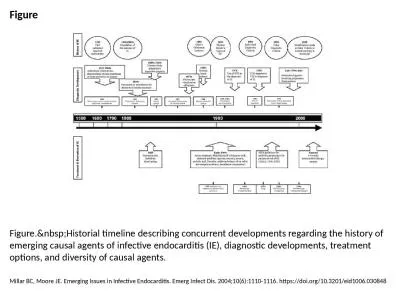PPT-Recent Developments at the International Level
Author : giovanna-bartolotta | Published Date : 2017-11-28
Nancy Omelko nancyomelkousptogov World Symposium on Geographical Indications Yangzhou China June 29 to July 1 2017 Before TRIPS trademark systems protected GIs as
Presentation Embed Code
Download Presentation
Download Presentation The PPT/PDF document "Recent Developments at the International..." is the property of its rightful owner. Permission is granted to download and print the materials on this website for personal, non-commercial use only, and to display it on your personal computer provided you do not modify the materials and that you retain all copyright notices contained in the materials. By downloading content from our website, you accept the terms of this agreement.
Recent Developments at the International Level: Transcript
Download Rules Of Document
"Recent Developments at the International Level"The content belongs to its owner. You may download and print it for personal use, without modification, and keep all copyright notices. By downloading, you agree to these terms.
Related Documents


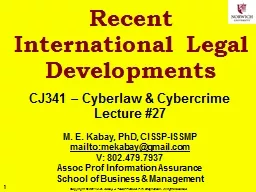



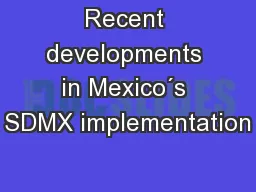

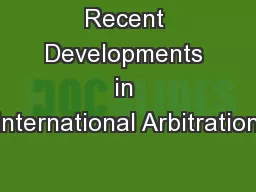



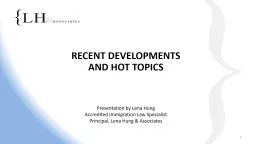
![[PDF READ ONLINE] 2020 Supplement to Civil Procedure, 5th, Rules, Statutes, and Recent](https://thumbs.docslides.com/1020250/pdf-read-online-2020-supplement-to-civil-procedure-5th-rules-statutes-and-recent.jpg)
